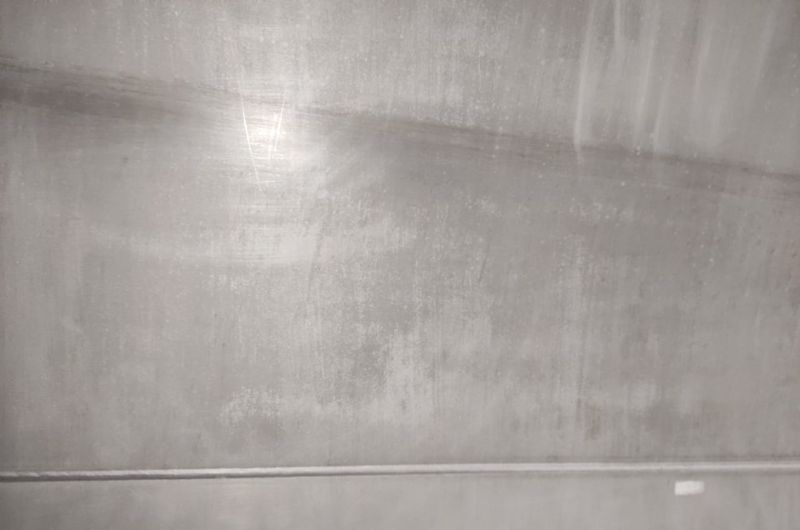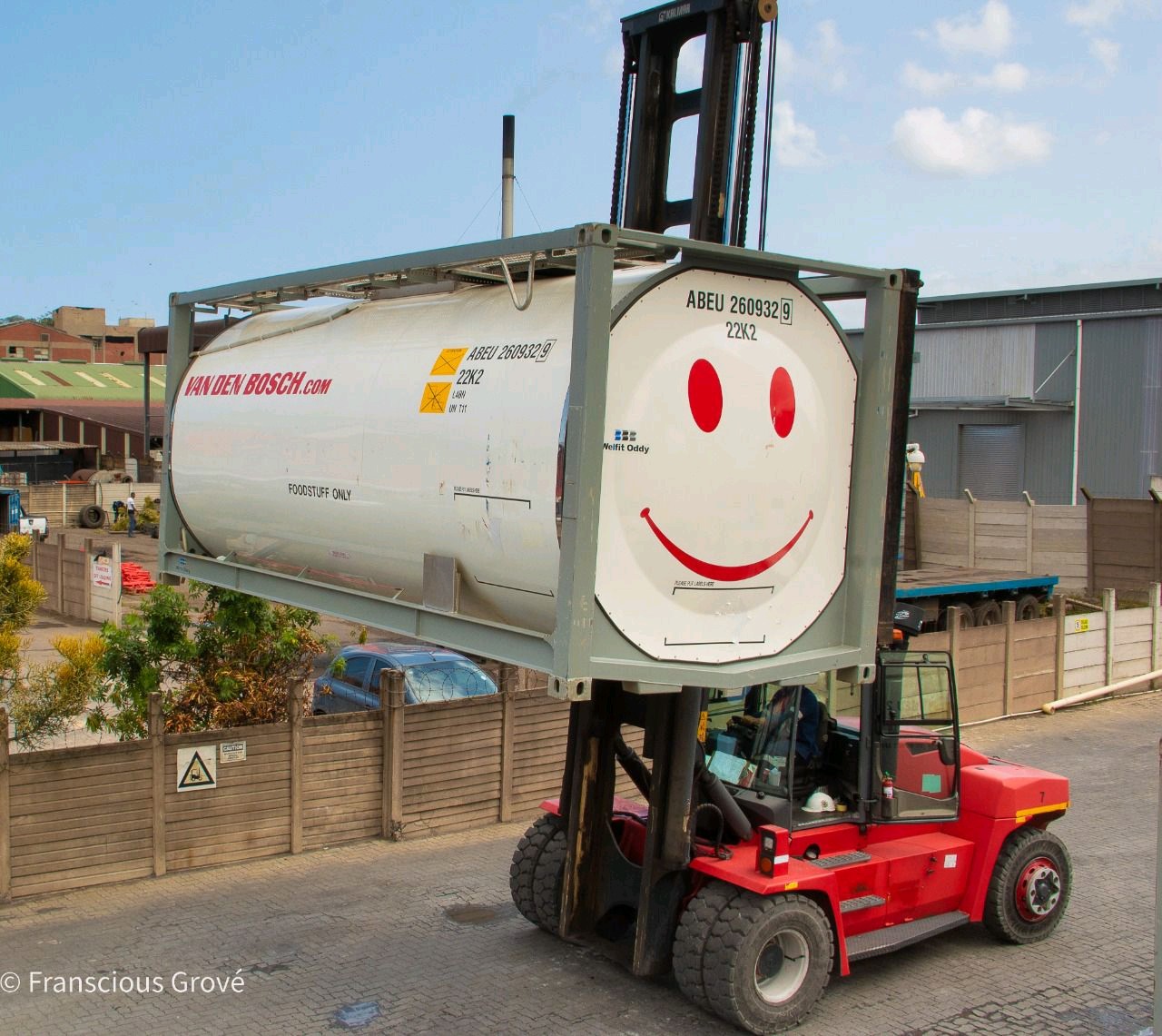When it comes to ISO tank cleaning, it’s important to understand the different types of stains and discolorations that can occur during usage. These issues arise from factors such as the cargo transported, cleaning methods, and environmental conditions. Three common terms in this context are NT stains, discoloration, and chemical reactions. While they may appear similar, they refer to distinct issues that require different approaches for maintenance.

1. NT Stains (Non-Transferable Stains)
NT stains are superficial marks left by residues from previous cargo, such as liquid chemicals or food-grade products. These stains do not affect the tank’s ability to carry future cargo and can usually be cleaned with standard procedures. They don’t involve chemical reactions or degradation of the tank.
2. Discoloration
Discoloration refers to a change in the appearance or colour of the tank’s internal surfaces. This can result from prolonged exposure to heat, sunlight, or specific cargoes like oils and chemicals. While discoloration is mostly cosmetic, it can signal aging or wear on the tank and may require more intensive cleaning.
3. Chemical Reactions
Chemical reactions occur when substances from the cargo interact with the tank’s material, leading to permanent damage, such as corrosion or rust. These reactions can compromise the tank’s structural integrity and potentially affect future cargoes. Chemical reactions require specialized cleaning procedures and sometimes repairs.
News from:ISO Tank Knowledge Hub TankISO Tank Knowledge Hub Tank

